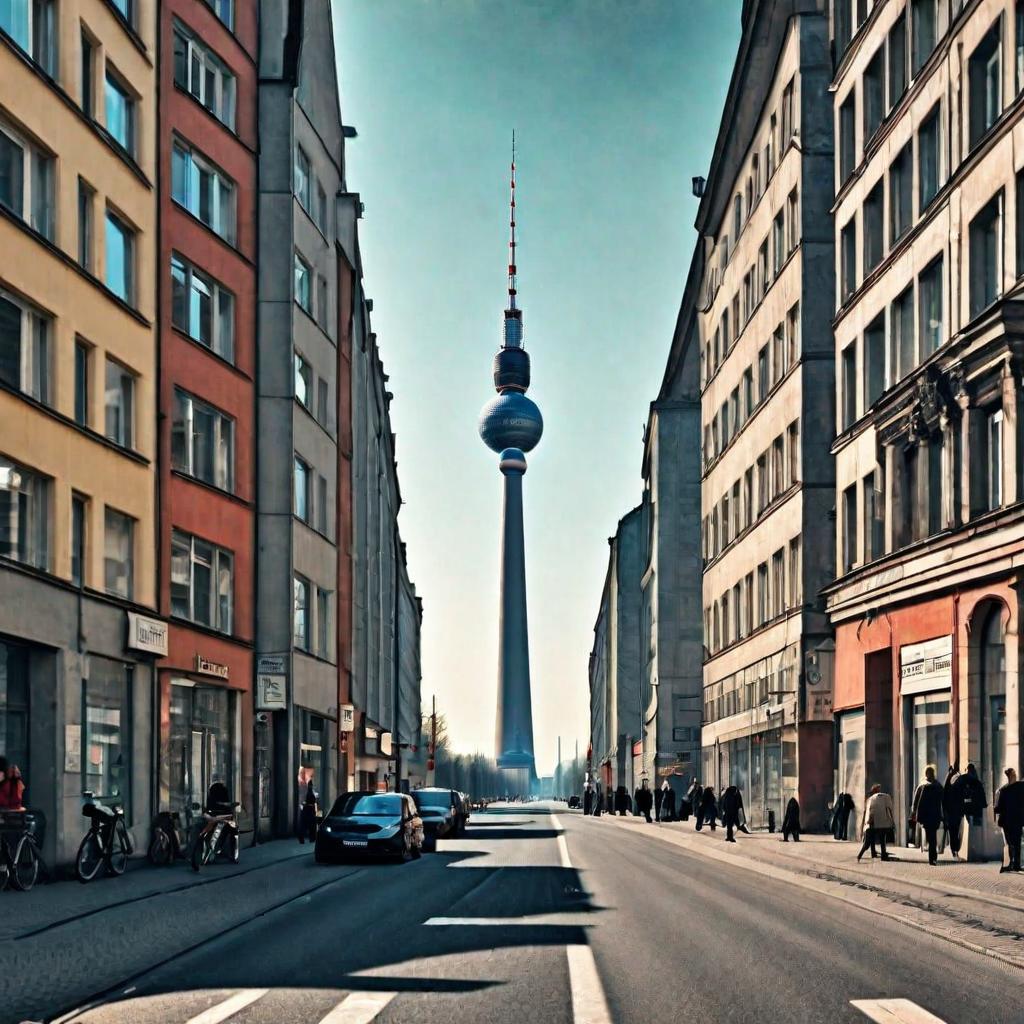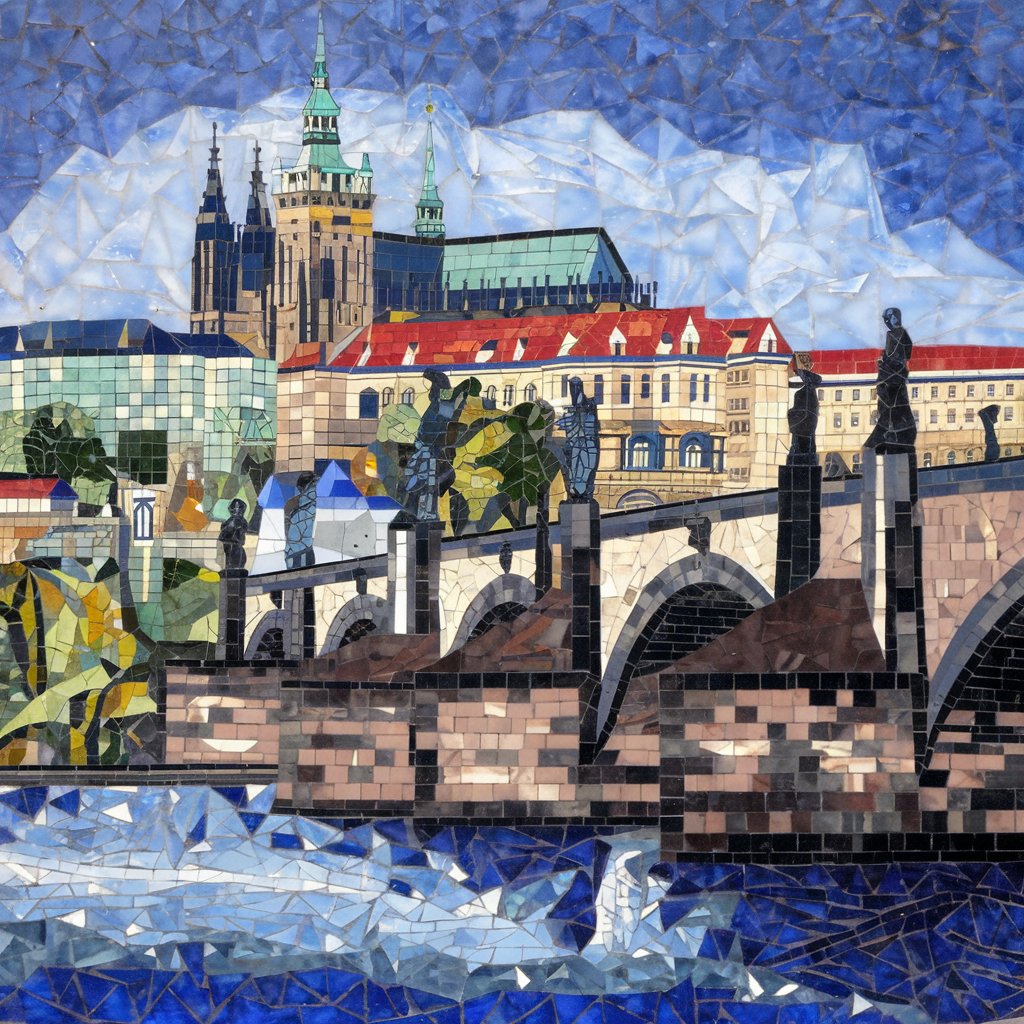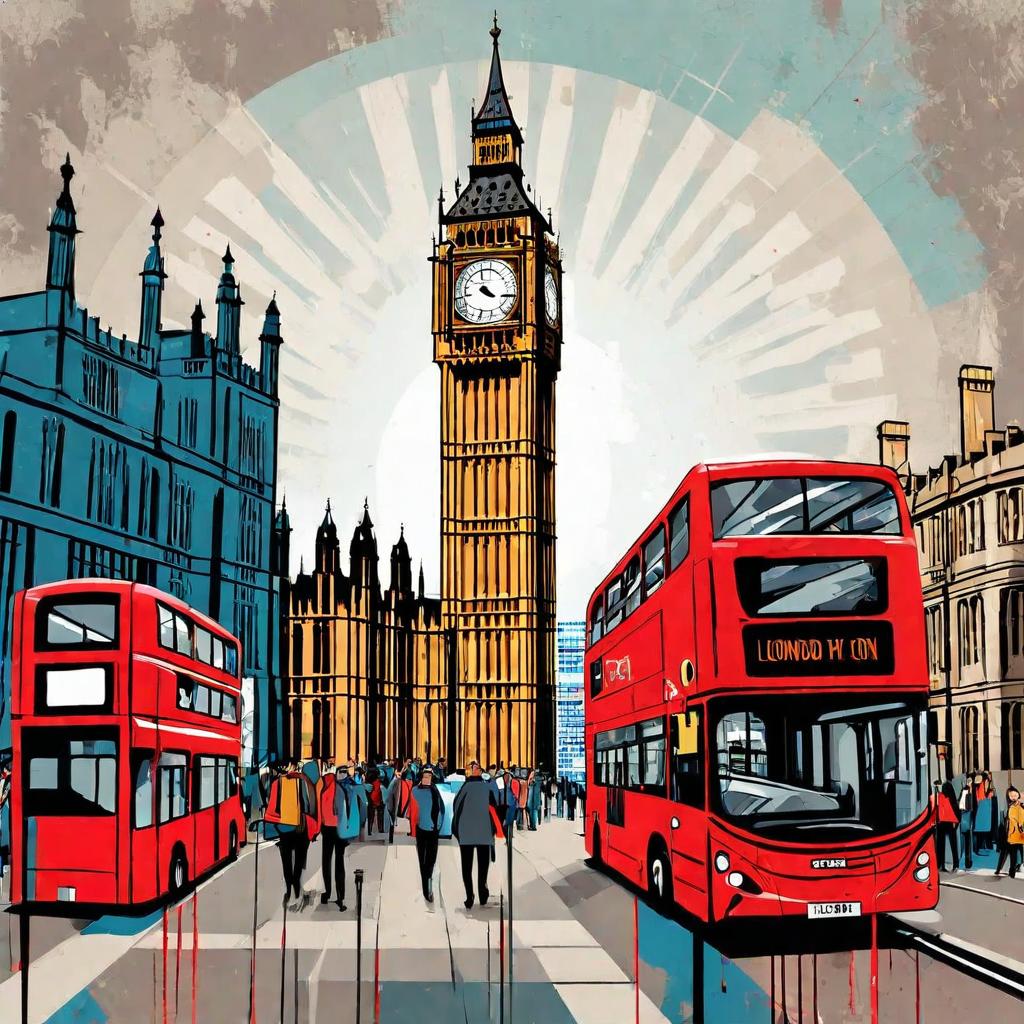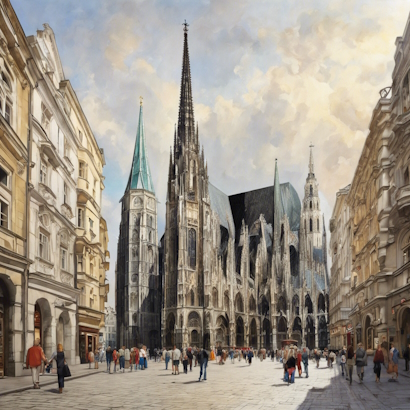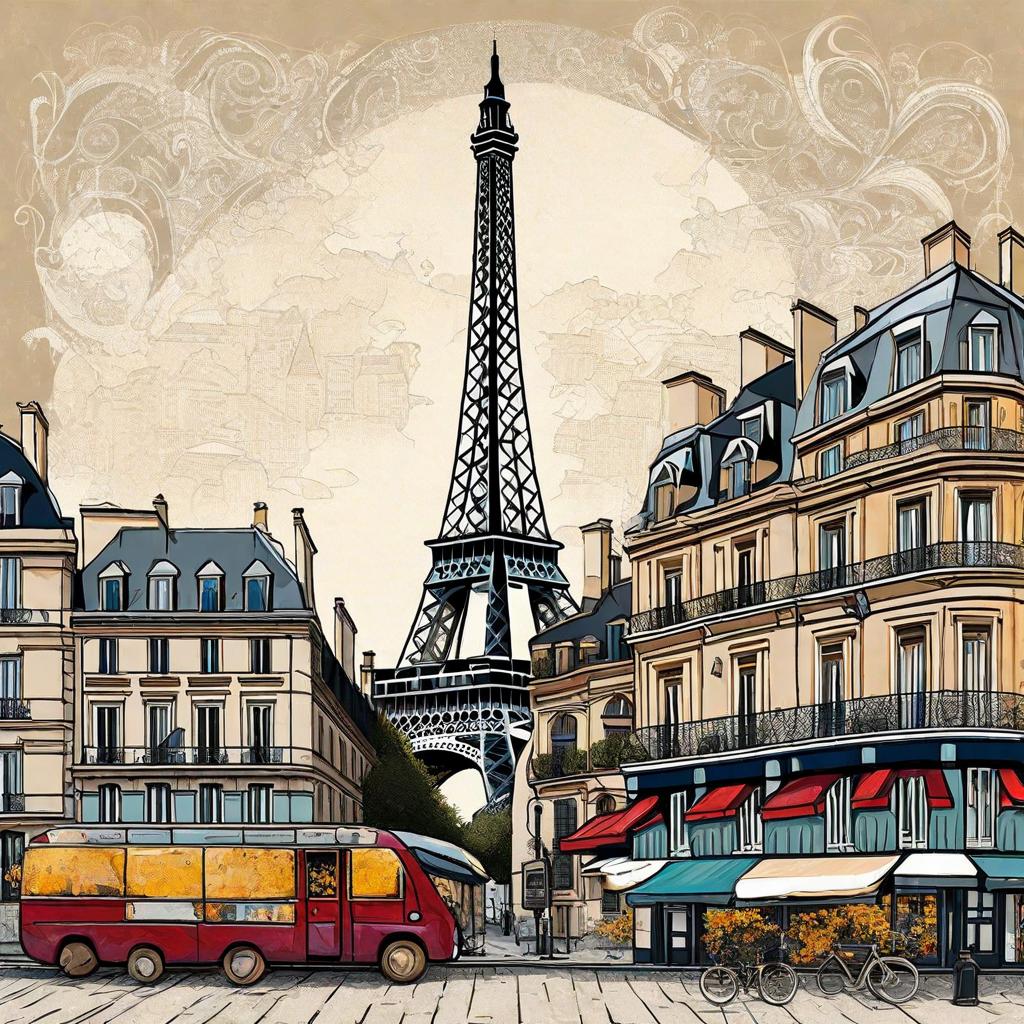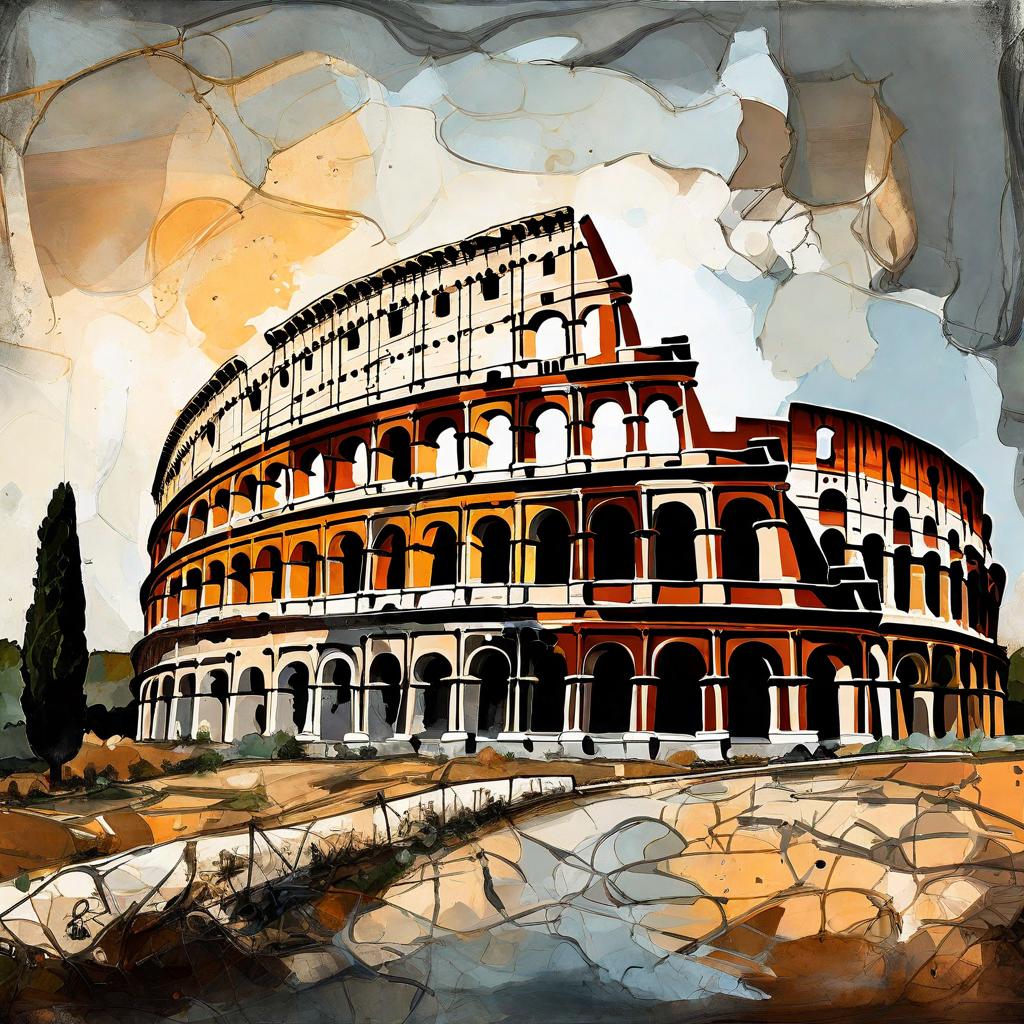Berlin Germany: The Complete Guide To The City
Berlin, Germany’s vibrant metropolis, is a city with a rich history, fascinating culture and a unique atmosphere. From majestic landmarks such as the Brandenburg Gate and the Reichstag, to world-famous museum islands, to trendy neighborhoods filled with street art and an underground scene, Berlin has something for everyone. Whether you are attracted by historical walks, artistic experiences, gourmet delights or nightlife, you will definitely not be bored in Berlin. Get ready to discover hidden treasures, taste authentic flavors and experience the free-spirited atmosphere of this cosmopolitan city. A valuable opportunity Get BERLIN Pass The best time to visit Berlin Spring (April to May): The weather is mild and pleasant, with average temperatures around 15°C. Parks and gardens are blooming. Fewer tourists than in summer. Accommodation prices are lower. Summer (June to August): The warmest weather with average temperatures around 22°C. Ideal for outdoor activities and sitting in cafe gardens. There are many festivals and cultural events. The most tourists and the highest accommodation prices. Autumn (September to October): The weather is still pleasant, with average temperatures around 18°C. Fewer tourists than in summer. Colorful autumn leaves in parks. Several festivals are held, such as the Berlin International Film Festival. Winter (November to March): The coldest weather with average temperatures around 2°C. It may snow. Fewer tourists and the lowest accommodation prices. The Christmas markets in Berlin are world famous. Transportation for tourists traveling to Berlin Aircraft Berlin is an international transport hub with two main airports: Berlin-Brandenburg Airport (BER) and Tegel Airport (TXL). Many airlines fly to Berlin from all over the world. You can get to the city center from the airport by train, bus or taxi. Train Traveling by train to Berlin from other European cities is convenient and scenic. Deutsche Bahn operates an extensive train network connecting Berlin with destinations across the continent. You can also take an overnight train from some European cities, such as Paris, Vienna and Warsaw. Car Driving to Berlin from Western and Central Europe is relatively easy. The city has a good network of highways and roads. However, keep in mind that parking in the city center can be difficult and expensive. You can consider renting a car if you want to make trips outside the city. Bus Many bus companies from all over Europe go to Berlin. Buses are usually cheaper than trains, but the journey sometimes takes a little longer. Local public transport in Berlin Berlin has an extensive and efficient public transport network, which includes: Metro (U-Bahn): Fast and convenient metro network with 9 lines and 170 stations. The metro covers the city center and many other areas. S-Bahn train: Urban rail network with 15 lines and 164 stations. The S-Bahn covers the city center as well as outlying areas and neighboring states. Trams: Tram network with 36 lines and 377 stations. Trams are particularly useful for traveling in the centers of neighborhoods. Buses: An extensive bus network with more than 300 routes and 2730 stops. Buses complement the metro, S-Bahn and trams and provide connections to more distant areas. All these means of transport are operated by Berliner Verkehrsbetriebe (BVG). You can buy tickets at metro stations and train stations, in machines at public transport stops or in BVG vending machines. You can also purchase daily, weekly or monthly tickets that allow you unlimited travel on all BVG transport in the zones you choose at BVG website: https://www.bvg.de/ In addition to BVG, there are other transport companies in Berlin that operate buses, trams and trains. You can also buy tourist cards that include unlimited public transport travel and entry to selected sights. Other ways to travel in Berlin: Bicycle rental, Taxi, On foot, Water transport How to find suitable accommodation in Berlin: 1. Determine your criteria: Price: How much do you want to spend per night? Location: Center, quieter neighborhood, near sights, transport? Accommodation type: Hotel, hostel, apartment, Airbnb? Amenities: Wi-Fi, breakfast, pool, gym? Other factors: Number of people, specific requirements (barrier accessibility, allergies)? 2. Use online reservation systems: Booking.com, Hotels.com, Airbnb, Hostelworld.com, HRS, Trivago Compare prices, read reviews, filter by criteria. 3. Consider alternative platforms: Couchsurfing (sharing accommodation with locals for free) Homestay.com (accommodation with a host family) Specialized sites (e.g. for budget travelers) 4. Use the tourist information center: They will provide advice and maps, help with reservations. Tips: Book early, especially in high season. Read the reviews carefully, pay attention to the details. Check the cancellation policy. Beware of hidden fees. Contact the accommodation provider with questions. Additional resources: https://www.visitberlin.de/en https://www.lonelyplanet.com/germany/berlin https://www.expedia.com/ How to eat in Berlin Look for restaurants outside the tourist areas. Prices in restaurants in the city center are usually higher. Try the lunch menu. Many restaurants offer lunch menus at lower prices than dinner. Eat street food. There are many great street food stalls in Berlin that offer tasty and cheap food. Cook for yourself. If you have a kitchen available, you can save money by cooking your own meals. There are many supermarkets and grocery stores in Berlin where you can buy ingredients. The most famous sights in Berlin: Brandenburg Gate: This iconic gate is a symbol of Berlin and Germany. It was built in the 18th century and served as the gateway to Berlin. Reichstag: This historic building was the seat of the German parliament until 1933. Today, it is a popular tourist attraction that offers tours overlooking the city. East Gallery: Located in the eastern part of the Berlin Wall, this art gallery houses an extensive collection of modern art. Holocaust Memorial: This memorial is a memorial to the millions of Jews who were murdered during the Holocaust. It is a moving and important monument that anyone visiting Berlin should visit. Berlin Wall: The remains of the Berlin Wall are a reminder of the division of Berlin during the Cold War. Today, the wall is a popular tourist attraction and a symbol of freedom. Museum Island: This island on the Spree River is home to five world-renowned museums,
Berlin Germany: The Complete Guide To The City Read More »

